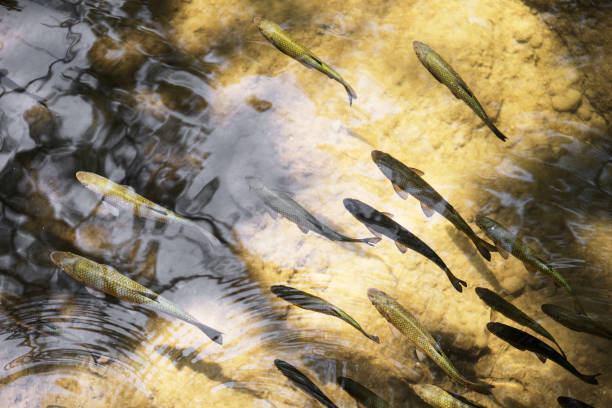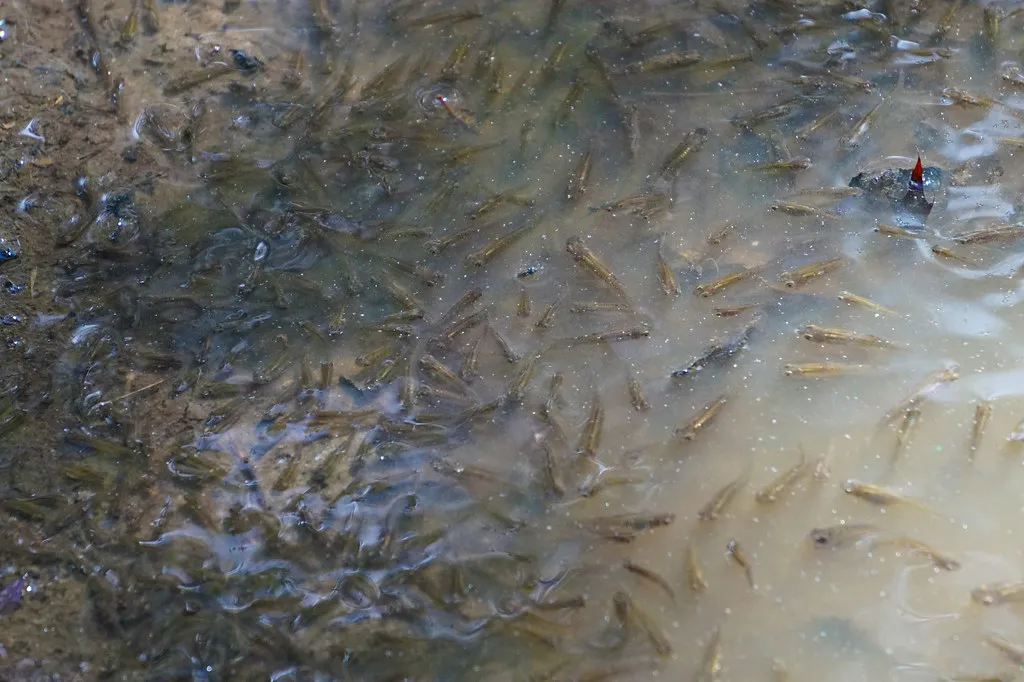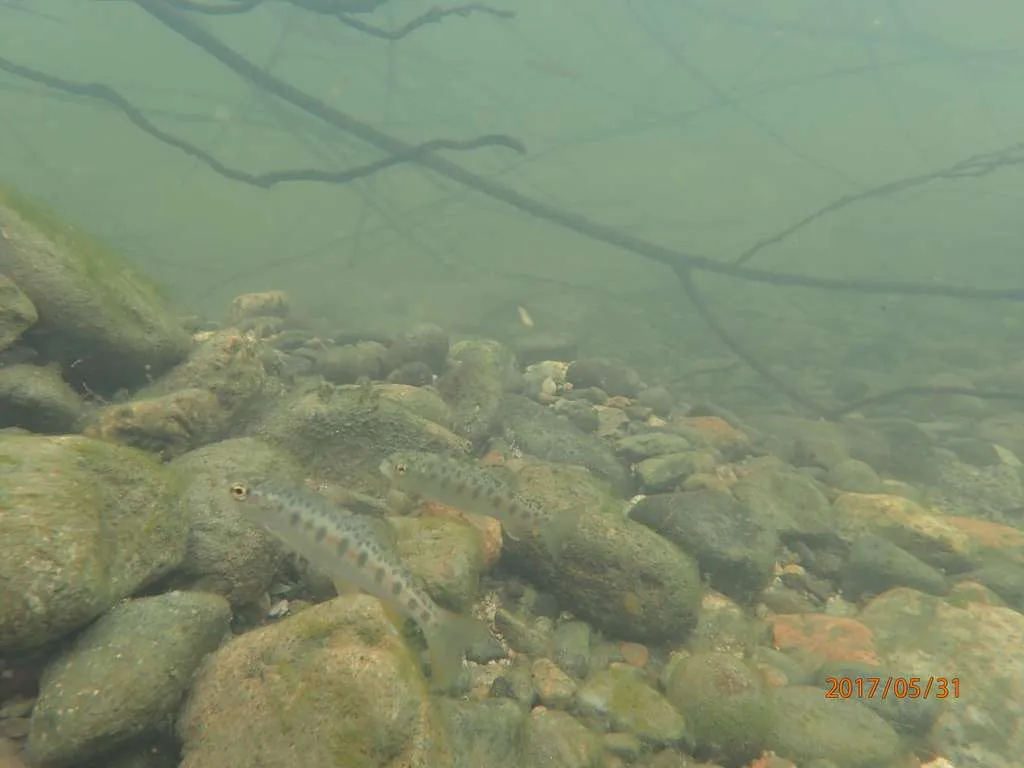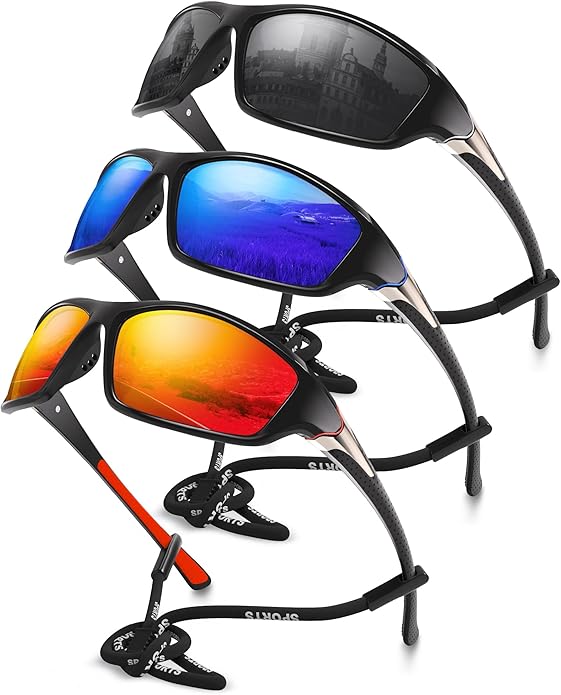
How to Avoid Scaring Fish in Shallow Water

8 min read
Shallow water fishing is like trying to sneak up on a deer in an open field—everything you do wrong gets amplified. One wrong step, one careless cast, and suddenly you’re staring at empty water where fish were feeding just seconds before.
But here’s the thing: shallow water holds some of the most aggressive, active fish you’ll ever encounter. They’re up there for a reason—usually food—and if you can approach them without sending up red flags, the action can be absolutely incredible.
I’ve spent countless mornings watching fish cruise the shallows, only to see them vanish the moment another angler comes stomping down the bank. It doesn’t have to be that way, though. With the right approach, you can fish shallow water all day without spooking a single fish.
The Shadow Game
Your shadow is probably your biggest enemy in shallow water, and most anglers don’t even think about it. Fish can see shadows moving across the bottom, and to them, that spells trouble.
The sun’s angle changes everything about how you should position yourself. Early morning and late evening, when the sun is low, your shadow stretches way out in front of you. If you’re standing on the bank facing the water, that shadow is announcing your presence to every fish within casting distance.
Solution? Position yourself so your shadow falls behind you or to the side, away from where you’re fishing. Sometimes this means casting across your body or finding a different angle altogether. It feels awkward at first, but it’s a game-changer.
On overcast days, you’ve got more freedom to move around, but don’t get cocky. Even without direct sunlight, your silhouette against the sky can spook fish in really shallow water.

The Art of Moving Like Water
When you’re fishing shallow water, every step matters. I’m talking about moving like you’re walking on eggshells, because in a way, you are.
If you’re wading, enter the water slowly and deliberately. That first step into the water sends ripples in all directions, so make it count. Wade in gradually, letting the water settle between movements. Your feet should barely lift off the bottom—more of a shuffle than a walk.
Bank fishing requires a different kind of stealth. Avoid walking right up to the water’s edge. Stay back a few feet and make longer casts. Your footsteps vibrate through the ground and into the water more than you’d think, especially on muddy or sandy banks.
Here’s something most people don’t consider: your gear. That tackle box rattling, your rod tip tapping against something, even the sound of your reel clicking—it all adds up. Fish in shallow water are hyperaware of unnatural sounds.
Casting Without the Splash
The way your lure hits the water can make or break your shallow water success. A big splash isn’t just loud—it sends shock waves through the water that fish can feel with their lateral line system.
Practice a softer entry. This doesn’t mean you need to cast like you’re threading a needle, but you do need to be more conscious of how your lure lands. Aim for spots where the water’s already disturbed—near structure, in current breaks, or where wind has created some surface chop.
For really shallow areas, consider skipping your lure across the surface to reach fish under overhanging cover. It takes practice, but a well-executed skip cast can put your bait exactly where spooked fish are hiding without creating the commotion of an overhead cast.
Your retrieve matters just as much as your cast. Start your retrieve before your lure hits bottom in shallow water. Let it sink naturally, but begin moving it before it crashes into the substrate and kicks up a cloud of sediment.

Lure Selection for Stealth Mode
Not all lures are created equal when it comes to shallow water stealth. Those big, flashy spinnerbaits that work great in deeper water? They might be sending every shallow fish running for cover.
Subtle is the name of the game. Natural colors that match the local baitfish, smaller profiles, and quieter actions. A small jig with a soft plastic trailer often outperforms flashier options in shallow, clear water.
Topwater lures seem counterintuitive—they’re loud and create surface disturbance—but they can actually work great in shallow water because the noise is above the fish, not below them. Plus, the disturbance is more natural than the underwater shock waves created by a hard-landing crankbait.
Weedless presentations become crucial in shallow water, not just because of vegetation, but because you need to fish right in the thick stuff where spooked fish hide. A Texas-rigged soft plastic can slip through areas where a treble-hooked lure would hang up and create a commotion.
Reading the Water Like a Book
Shallow water fishing is all about reading subtle signs. Those slight color changes in the water? That’s depth variation. The area that looks slightly different from the surrounding water? Probably structure or cover.
Current breaks are gold in shallow water. Fish use them to ambush prey, and they provide cover from predators. But they also mask some of the noise and disturbance you might create, giving you a little more margin for error.
Pay attention to vegetation patterns. Sparse grass mixed with open pockets often holds more fish than thick matted weeds. Fish use these transition areas like highways, moving between feeding and resting areas.
Wind can be your friend or enemy in shallow water. A little chop on the surface helps mask your presence and gives fish more confidence to feed. But too much wind makes boat control difficult and can push fish to more protected areas.
Boat Positioning and Control
If you’re fishing from a boat in shallow water, your positioning becomes critical. Anchor or stake out upwind and upcurrent from where you want to fish. This keeps your boat noise and disturbance away from the fish.
Electric trolling motors are your best friend here. Gas motors should be shut off as soon as you reach the area. Even the sound of trim tabs adjusting can spook fish in really shallow water.
Consider the angle of your approach too. Coming straight at a shallow flat pushes a pressure wave ahead of your boat. Approach from the side when possible, and go slow—really slow. You should barely be making headway.
Shallow water often means you’re fishing close to your boat, which brings up another issue: your movements in the boat. Every time you shift your weight, reach for something, or move around, you’re potentially sending vibrations through the hull and into the water.

Timing Your Approach
Fish behavior changes throughout the day in shallow water, and understanding these patterns helps you avoid spooking them. Early morning and late evening are prime times because fish feel more confident in lower light conditions.
During bright midday conditions, fish in shallow water are already on edge. They’re more likely to spook because they’re more vulnerable to aerial predators. This is when stealth becomes absolutely critical.
Overcast days extend those prime feeding periods. Fish stay active in shallow water longer because they feel more secure. You can get away with being a little less cautious, but don’t get careless.
Species-Specific Stealth
Different species require different approaches in shallow water. Bass are generally pretty forgiving—they might move away from obvious threats but often don’t leave the area entirely. They just relocate to nearby cover.
Redfish in shallow salt water are incredibly spooky. They’ll flush at the first sign of trouble, and once they’re spooked, they’re gone. But they’re also sight feeders, so you can often spot them before you cast and adjust your approach accordingly.
Trout in shallow water are probably the most challenging. They spook easily and stay spooked longer than most species. But they also respond well to ultra-light presentations, so the extra effort often pays off.
Environmental Awareness
Weather conditions change everything about shallow water fishing. A sudden weather front can make fish more active but also more spooky. Barometric pressure changes affect fish behavior, and in shallow water, these effects are amplified.
Water temperature matters too. In really shallow water, temperature can fluctuate rapidly throughout the day. Fish might be active in the morning when it’s cool, but completely shut down by midday when the shallows heat up.
Water clarity is huge. In gin-clear water, you need to be extra cautious about everything—shadows, movement, lure selection. In stained water, you can get away with more, but you also need to get closer to the fish.
Recovery Techniques
Even with all these precautions, you’re going to spook fish sometimes. It happens to everyone. When it does, resist the urge to immediately cast back to the same spot.
Give the area time to settle down. In shallow water, spooked fish don’t usually go far—they just move to the nearest cover. Try working the edges of where you think they might have gone.
Sometimes the best strategy is to mark the spot and come back later. Fish in shallow water often return to productive feeding areas once they feel safe again.
Final Thoughts
Fishing shallow water without spooking fish is part technique, part patience, and part understanding fish behavior. It requires you to slow down and be more thoughtful about every aspect of your approach.
The reward, though, is some of the most exciting fishing you’ll ever experience. Watching a fish eat your lure in clear, shallow water never gets old. And once you master these stealth techniques, you’ll find that “unfishable” shallow areas suddenly become some of your most productive spots.
Remember, every mistake is a learning opportunity. Pay attention to what spooked the fish, adjust your approach, and try again. The more time you spend in shallow water, the better you’ll get at reading the situation and adapting your tactics.
Stay low, move slow, and keep that shadow off the water. The fish are there—you just need to approach them on their terms.


